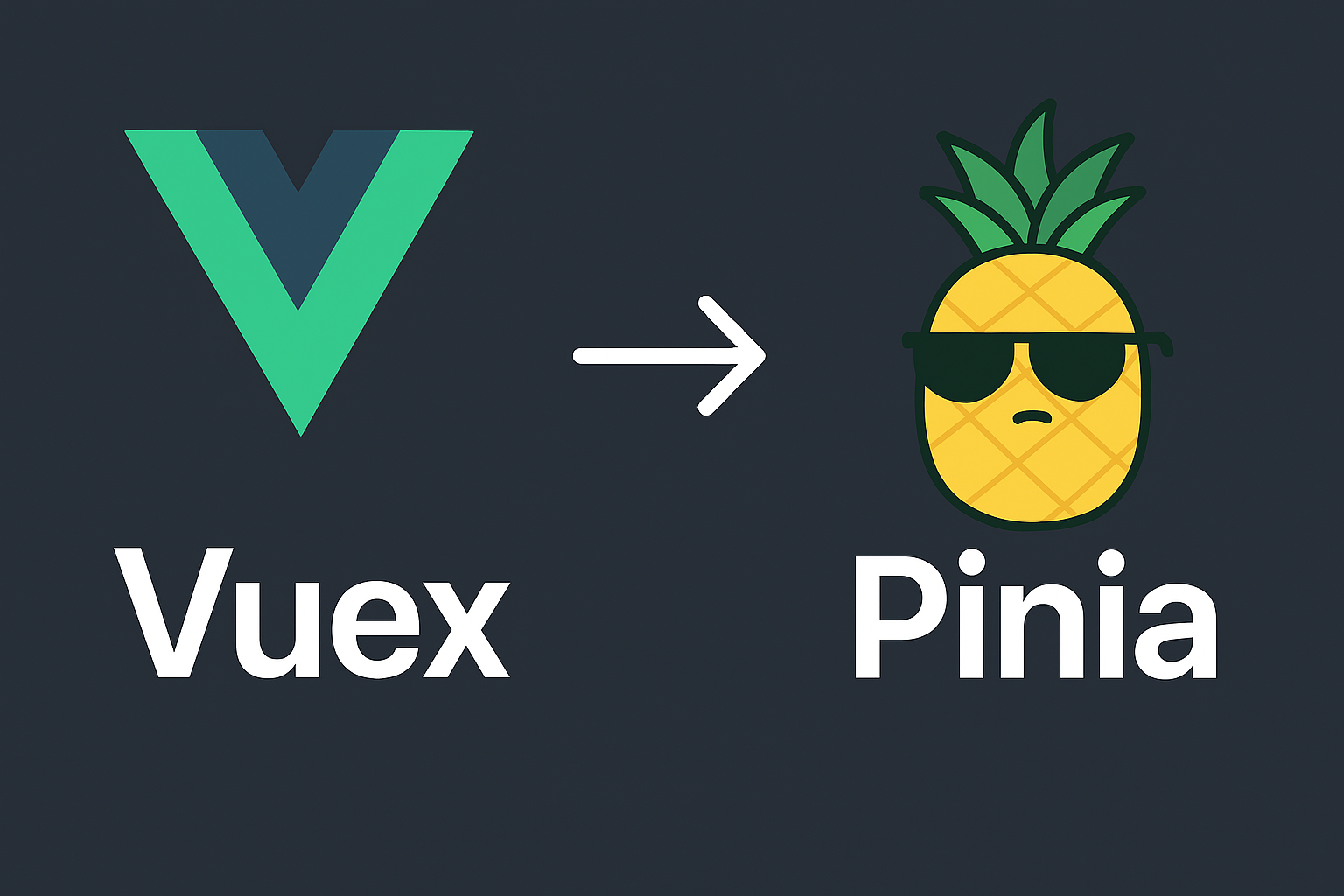Why I Left Vuex for Pinia — And Never Looked Back
 Oleksii
Oleksii
When I first started using Vue.js, Vuex was the gold standard for state management. It was powerful, battle-tested, and backed by the Vue core team. But over time, as my projects grew and Vue 3 matured, I started to feel the weight of Vuex’s complexity. Then came Pinia — a lighter, more intuitive, and more modern alternative that completely changed the way I manage state.
Here’s why I made the switch — and why I think you might want to as well.
Simpler API = Less Boilerplate
In Vuex, managing state often felt like navigating a bureaucratic maze:
state, getters, mutations, actions — each in its own silo.
Mutations felt like unnecessary ceremony.
You’d write five lines of code just to update a single property.
Pinia, on the other hand, simplifies everything:
No mutations — just define actions that directly modify state.
One store = one file = everything in one place.
You can use the Composition API naturally within stores.
Less boilerplate = faster development = happier dev.
Built-in TypeScript Support
I love TypeScript. But Vuex… didn’t.
Working with TypeScript in Vuex felt like duct-taping generics and casting types into submission.
Pinia was built with TypeScript in mind.
Type inference is automatic and consistent.
No need for custom wrappers or workarounds.
Your IDE becomes a superpower instead of a struggle.
Designed for Vue 3 (and works great with Nuxt 3)
Vuex was created for Vue 2. It works with Vue 3 — but it’s not native to it.
Pinia is the official state management library for Vue 3.
Uses Composition API seamlessly
Supports hot module replacement
Fully tree-shakable
First-class support in Nuxt 3
If you’re already using Vue 3 or Nuxt 3, Pinia is the obvious choice.
Devtools & Ecosystem Support
Pinia has robust Vue Devtools integration:
Time-travel debugging
Watch state updates in real-time
Inspect actions and patches
And since it’s officially recommended by the Vue core team, the ecosystem is evolving around Pinia now — not Vuex.
Real-World Bonus: Productivity
After switching to Pinia on a real high-traffic project, our team noticed:
Faster onboarding for new devs
Fewer bugs related to shared state
Easier refactors thanks to cleaner store logic
Final Thoughts
Vuex served its purpose. But the frontend world — and Vue itself — have evolved. Pinia reflects that evolution: lightweight, intuitive, TypeScript-friendly, and made for modern Vue projects.
If you’re starting something new in Vue 3 — skip the nostalgia.
Start with Pinia. You’ll thank yourself later.
Thanks for reading! I'm Oleksii — a frontend developer who loves clean code, TypeScript, and building things that scale. Feel free to connect with me here or on LinkedIn.
Subscribe to my newsletter
Read articles from Oleksii directly inside your inbox. Subscribe to the newsletter, and don't miss out.
Written by

Oleksii
Oleksii
Frontend developer focused on Vue 3, Nuxt, TypeScript & Tailwind. Writing clean, scalable code and sharing what I learn along the way.